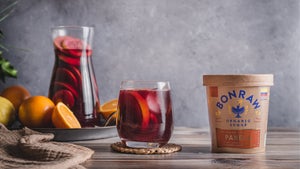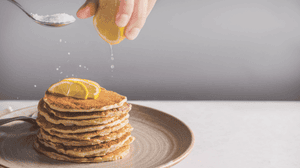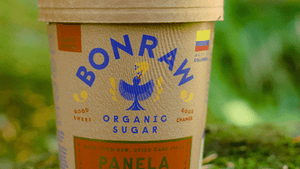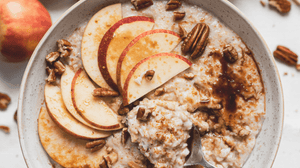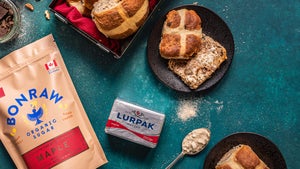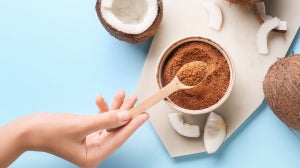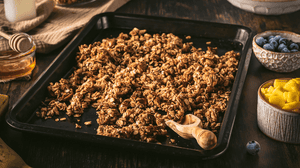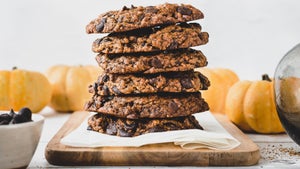
If you’ve been keeping up with us for a while, you’ll notice that we take pride in sharing the GI rating of our natural sugars and sweeteners. Our best-selling Silver Birch (the white sugar replacer) has a GI rating of 7… but what does that mean and why is it a good thing?
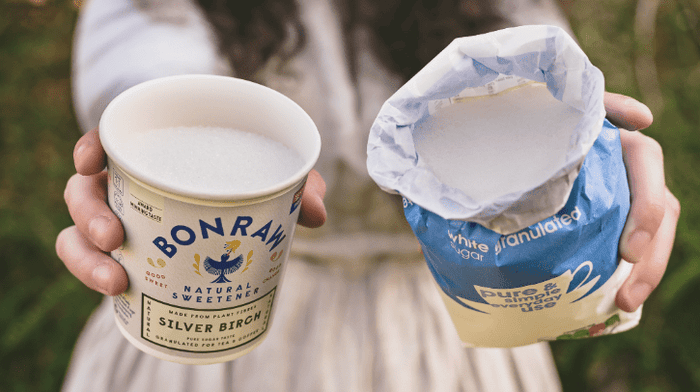
It’s a blood sugar thing.
‘GI’ stands for glycemic index. It is a system that measures foods’ impact on your blood sugar levels. On the highest end of the glycemic index, you have pure glucose which has a GI value of 100. Athletes include sugars such as glucose, fructose, sucrose, and lactose in their diet as it is easily converted into energy after consumption. They may achieve this by drinking energy drinks that contain glucose and using the burst of energy it provides to complete a high-intensity workout. On the lowest end of the Glycemic index is 0; foods or drinks that have no impact whatsoever on your blood sugar. Comparing these values can help guide you in making healthier food choices.
Understanding GI values
- Low GI: 1 to 55
- Medium GI: 56 to 69
- High GI: 70 and higher
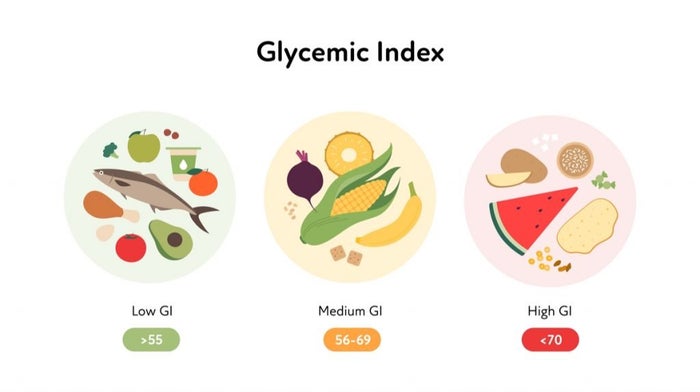
Keeping blood sugar levels balanced is the key to maximising energy levels, concentration, and mood. Our brain, muscles, and organs use sugar (glucose) for fuel. So, if at times you don’t have enough glucose, you’re probably not going to feel great.
But despite sugar’s energy-boosting properties, most athletes will tell you that they limit their intake of sugar. A large amount of sugar supplies a powerful burst of energy, but the short-term benefits are not worth the long-term effects. According to Government guidelines*, exceeding a healthy amount of 30 grams of ‘free sugar’ per day could harm your teeth, skin, organs, and mental wellness. In the long term, regular sugar consumption can lead to serious health risks, such as heart disease*.
So, if you’re not an athlete could you just avoid sugar altogether? We applaud those that give it up. However, for us, a life without sweet would be a sad one. Of course, it’s entirely up to you, and our goal is to share sweet sources, just as nature intended.
A closer look at Xylitol
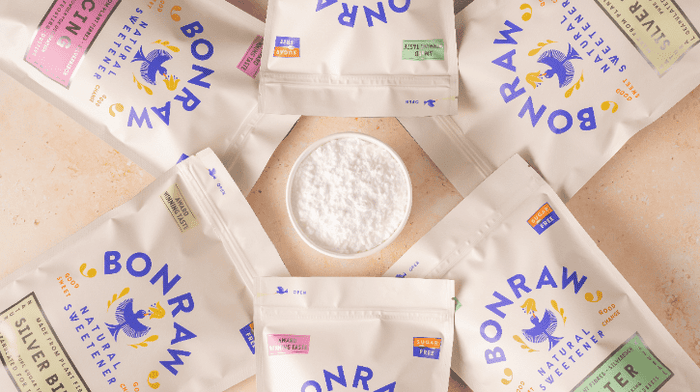
Let us start by looking at our Silver Birch (a xylitol-based table-top sweetener) and its GI value of 7. A GI rating of 7 is considered a low GI food, so it will have little to no effect on your blood sugar levels. For reference, normal white sugar has a GI value of around 60-70. High concentrations of fructose in regular white sugar can cause insulin resistance and many metabolic problems. Xylitol contains zero fructose, so is considered better for your metabolic health.
This means that xylitol is an excellent white sugar alternative for people with diabetes or prediabetes, and studies have even suggested that xylitol can improve symptoms of diabetes. *
The health benefits of a low GI diet
If you’re not about to compete in the Olympics, then sugar digesting slowly in your body is much healthier for you. The change to your blood sugar levels is smaller and slower, and there is research that supports the health benefits of this.
One study*has shown that a low GI diet reduced bad cholesterol (known as LDL cholesterol) by 8.6%. Other research has shown that these foods also lower the risk of heart disease and cancer**.
We also know that low GI foods can help control blood sugar levels in people with type 2 diabetes because it minimises its fluctuations*. It’s important to note that you should balance this with good portion control on foods with a high carbohydrate content*
Losing weight
A low GI diet may not be the perfect option when trying to lose weight, as it does not offer the full nutritional picture of a snack or a meal. You ought to also consider the fat, protein, fibre, and sugar content, as well as the GI value. As mentioned, the carb content is also an important factor to think about if you’re following a low GI diet.
It is not just about sugars and sweeteners
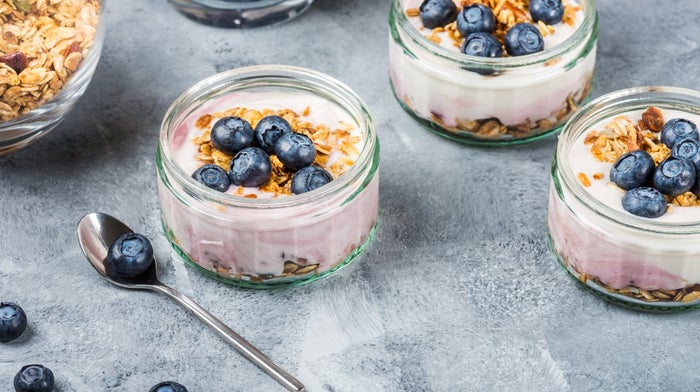
Fruit is a great way to fix your sugar craving while maintaining your blood sugar levels, but as always too much of anything is never good for your body.
At Bonraw, we promote conscious consumption, which is why we would never recommend over-consumption of anything (even our products). We recommend you consult a health professional if you are thinking of changing up your diet.
Learn more about our natural sweeteners here.Sugar Terminology:
- Glycemic Index – A figure representing the relative ability of a carbohydrate food to increase the levels of glucose in the blood.
- Free Sugar – Any sugars added to food and drinks. These sugars may be added at home, or by a chef or a food manufacturer.
- Xylitol - Naturally occurring five-carbon sugar alcohol present in some plant tissues, including many fruits and vegetables.

Related Articles
